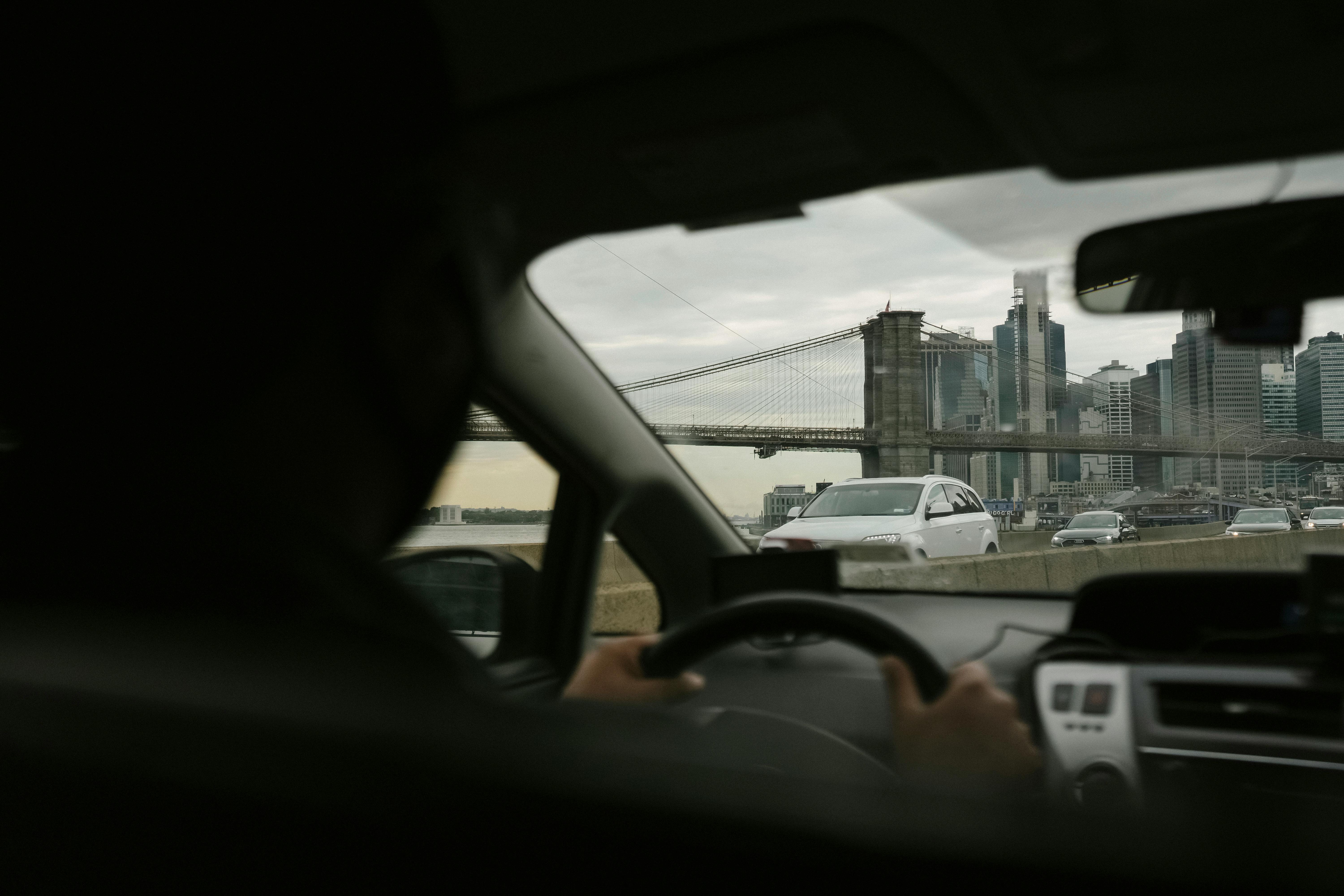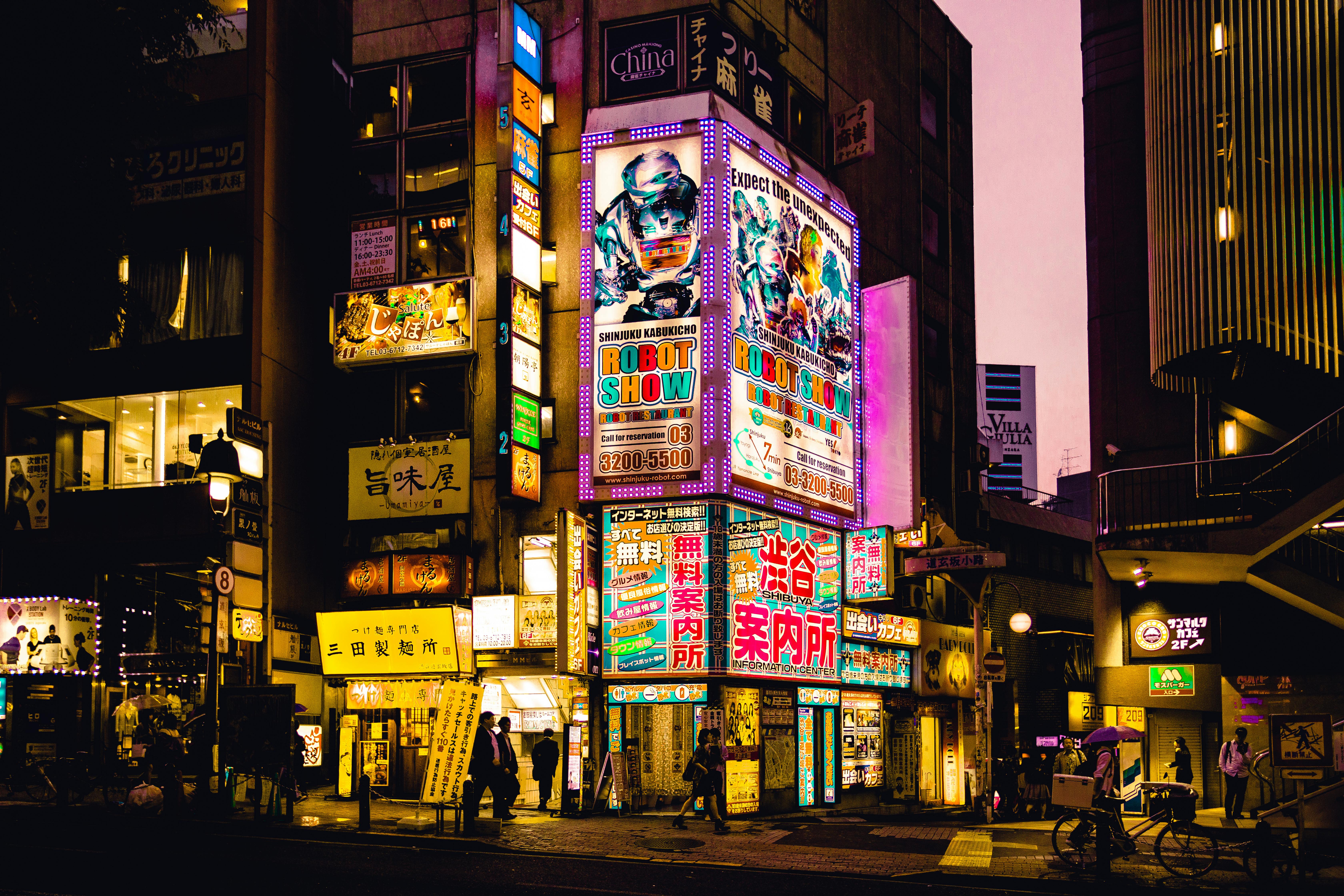
India, a beautiful land of diversity and spirituality is a feast for all the senses. Known for its culture and tradition, the land presents hundreds of attractions for vacationers. Be it backwaters, houseboats, beaches, monuments, forts, deserts, hills, waterfalls, wildlife destinations, Ayurveda or palaces, India is a treasure trove of natural and man-made wonders. Let’s dig a little deeper and learn about the top 10 amazing destinations in the country.
Kerala: Often called as the ‘city of God’, Kerala is the most popular tourist destination in the country. With the scenic view and endless attractions, the state is famous for its backwaters, beaches, hills and wildlife. Periyar National Park is the famous wildlife destination in Kerala, known for its population of elephants and tigers.
Goa – A beautiful beach destination, Goa is one of the most attractive and romantic tourist destinations in the world. Goa’s alluring beaches, vibrant carnivals and fascinating churches make it the ideal destination for a couple. Candolim Beach, Baga Beach, Colva Beach and Palolem Beach are some famous beach destinations in the state.
Rajasthan: Popular for providing a majestic stay, Rajasthan is the largest state in India. Surrounded by natural beauty, Rajasthan allows you to enjoy the exciting camel and elephant safari. Also, tourists from different parts of the world visit Rajasthan to explore its wonderful monuments, forts and palaces. Apart from this, the state is also known for its adventurous camping, spicy cuisines, and wildlife destinations.
Varanasi: The city, Varanasi has always been renowned for providing beautiful spiritual experiences to visitors. Since time immemorial, Varanasi has been linked with Buddhism and Jainism, which is wonderfully reflected in the Buddhist stupas and Jain temples found here.
Delhi: The political center of India, Delhi is the capital city of India. Divided into two parts, New Delhi and Old Delhi, the state presents some of the amazing monuments and forts for the visitors. India Gate and Red Fort are the two famous historical structures found in Delhi. Furthermore, Delhi is also popular for its modern shopping malls and street food stalls.
Agra: Known as the home of the famous Taj Mahal, Agra also boasts attractions such as Agra Fort and Fatehpūr Sikrī. Also, the Taj Mahal, the seventh wonder of the world, was built by Shah Jahan in memory of his lovely companion, Mumtaz.
Bangalore: Located on the Deccan Plateau, Bangalore is one of the most enchanting destinations known for its attractions like Lal Bagh, Vidhana Soudha, Shiva statue and Bagmane Tech Park. Furthermore, the state also plays an important role in the information technology sector of India.
Mussoorie: The queen of hills, Mussoorie is the famous hill station of uttarakhand. The beautiful city with its scenic hills, wildlife destinations and fascinating sanctuaries attracts millions of tourists from all corners of the world.
Mumbai: Mumbai is an important part of the tourism industry. With attractions like Marine Drive, Taj Mahal Hotel, Juhu Beach, Elephanta Caves, Gateway of India, etc., Mumbai is a must-see destination.
Khajuraho – One of the popular UNESCO World Heritage Sites, Khajuraho is known for its erotic sculptures that are placed in the beautiful temples.
Good! If you’re impressed with these ‘off the world’ destinations, plan your trips to India now.








